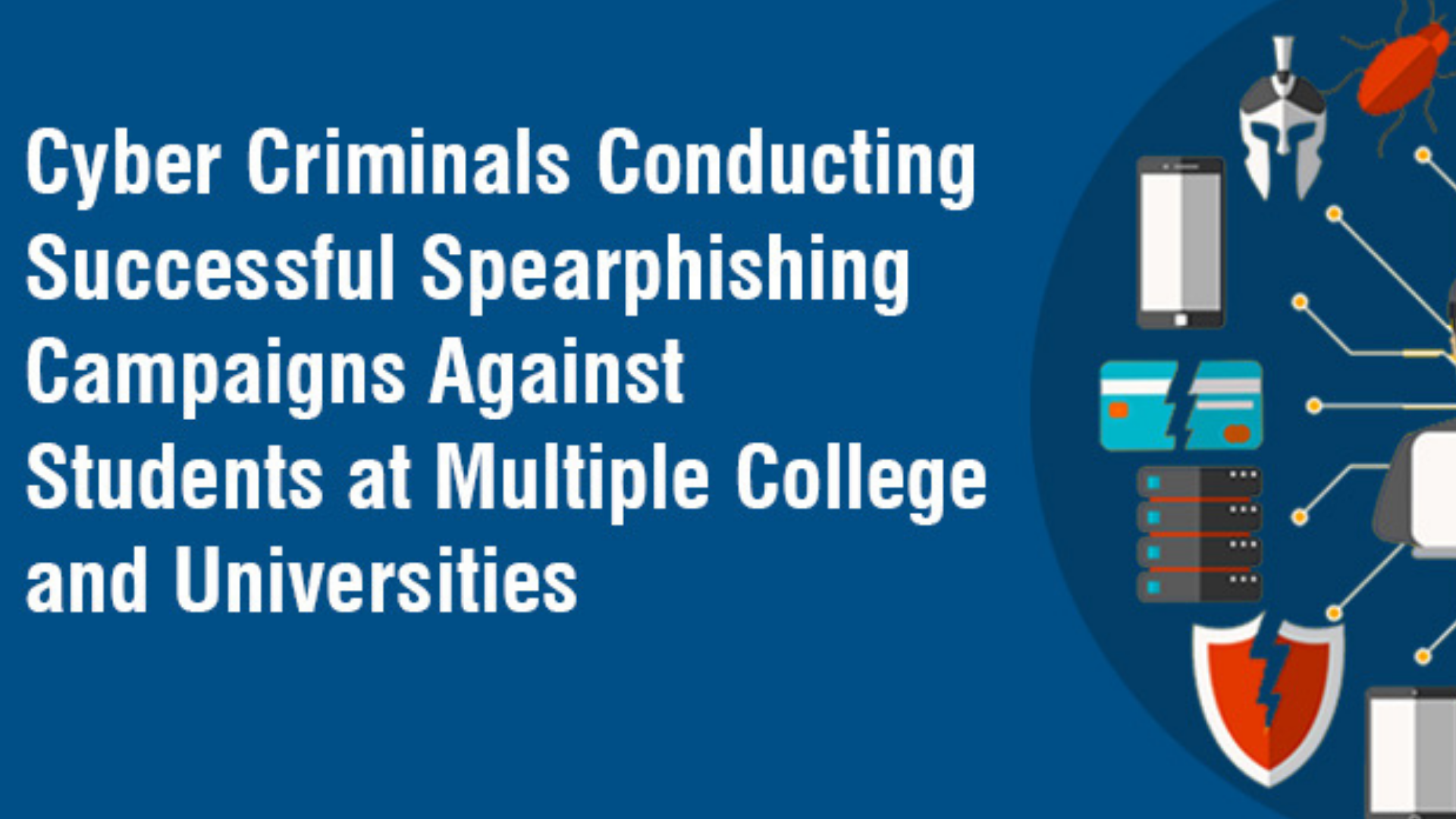Improving Student Services and Recruitment through Enhanced ERP, SIS and CRM Integration
As higher education institutions strive to maximize actionable insights and student services across existing data pools, the need for complex data integrations continues to grow. When multiple campuses collaborate with curriculum and enrollment processes, the need for systems integration becomes even more critical.
As an IT provider to educational institutions across the country, our Enterprise Resource Planning (ERP) and Student Information System (SIS) teams are seeing increased interest in strategic enrollment partnerships, especially within college and university systems and community college districts. These partnerships require data clearinghouses to allow shared entities to recruit, enroll, receive tuition payments, advise students, and view student grades and course schedules at a central location for access by multiple higher education institutions, and despite variations in the software used at each member institution.
An excellent recent example is the RELLIS campus of the Texas A&M University System. The campus was created to feature high-tech, high-impact research facilities for technology development, testing and commercialization. The campus also features a collaborative education complex which offers multiple academic degrees from many universities within the A&M System as well as from Blinn College campuses, and offers opportunities for workforce skills training to the surrounding communities. CAG’s ERP specialist team was engaged to create a recruiting and candidate tracking system along with a complex data clearinghouse to facilitate enrollment and tuition payments across 10 colleges and universities.
“CAG’s team of IT experts are accustomed to the aggressive timelines and rigorous and evolving demands that an innovative project of this type will naturally entail. Their higher-ed focused IT services team will enable us to move quickly to provide integrated service to both our students and our member campuses,” said Mark Stone, Chief Information Officer for the Texas A&M University System.
In cooperation with leaders from each campus, the CAG team created data feeds from each institution that aggregate in Salesforce to allow students to take courses from any of their universities. The Salesforce CRM front-end allows RELLIS recruiting and marketing staff to drive student enrollment while back-end data feeds are unique to each institution due to disparate Student Information Systems at each university. This allows advisors to manage data from these universities and enter advisory notes that are pushed back to the system of record for each student. To achieve student authentication, CAG also integrated “single sign-on” for the institutions.
It was important to the Texas A&M University System to improve student service by simplifying the tuition payment process. The data solution CAG created allows payments to be made to the central location at RELLIS, and agreed revenue splits are subsequently sent to each institution. The clearinghouse gives students a single system login to view their course schedules and grades, thereby creating a seamless student experience.
For more information or a consultation on your data integration projects, please contact info@columbiaadvisory.com.





